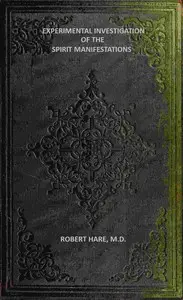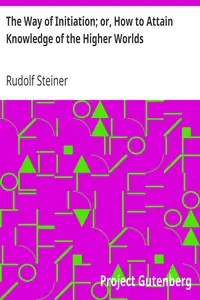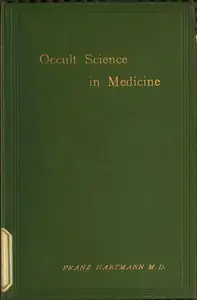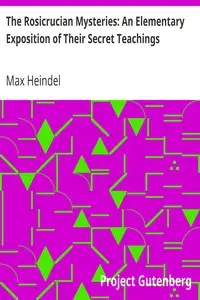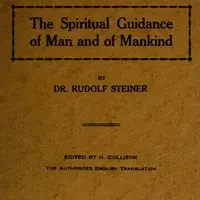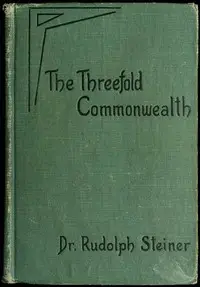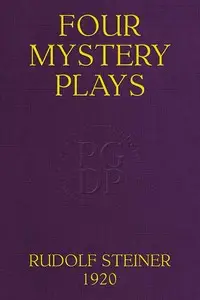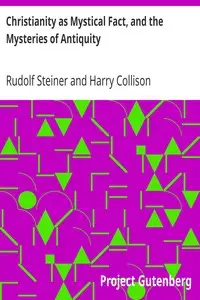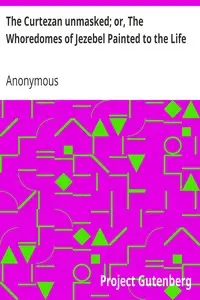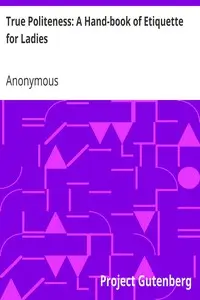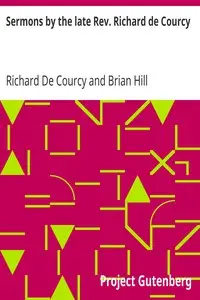"An Outline of Occult Science" by Rudolf Steiner is a deep exploration into the hidden parts of both people and the world, focusing on how spiritual research can show us truths beyond what we normally see. Early in the book, the author explains it's about more than just what we can touch and measure; it's about finding hidden powers within ourselves to understand deeper secrets of existence. It addresses questions about what happens when we sleep or die, and promises answers through spiritual growth, all while defending the idea that exploring the occult is a real path to knowledge, not something to be dismissed.
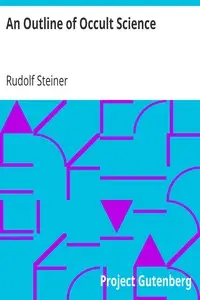
An Outline of Occult Science
By Rudolf Steiner
Uncover the unseen world by unlocking hidden human abilities, revealing spiritual dimensions beyond ordinary life and offering answers to life's biggest mysteries.
Summary
About the AuthorRudolf Joseph Lorenz Steiner was an Austrian occultist, social reformer, architect, esotericist, and claimed clairvoyant. Steiner gained initial recognition at the end of the nineteenth century as a literary critic and published works including The Philosophy of Freedom. At the beginning of the twentieth century he founded an esoteric spiritual movement, anthroposophy, with roots in German idealist philosophy and theosophy. His teachings are influenced by Christian Gnosticism or neognosticism. Many of his ideas are pseudoscientific. He was also prone to pseudohistory.
Rudolf Joseph Lorenz Steiner was an Austrian occultist, social reformer, architect, esotericist, and claimed clairvoyant. Steiner gained initial recognition at the end of the nineteenth century as a literary critic and published works including The Philosophy of Freedom. At the beginning of the twentieth century he founded an esoteric spiritual movement, anthroposophy, with roots in German idealist philosophy and theosophy. His teachings are influenced by Christian Gnosticism or neognosticism. Many of his ideas are pseudoscientific. He was also prone to pseudohistory.




